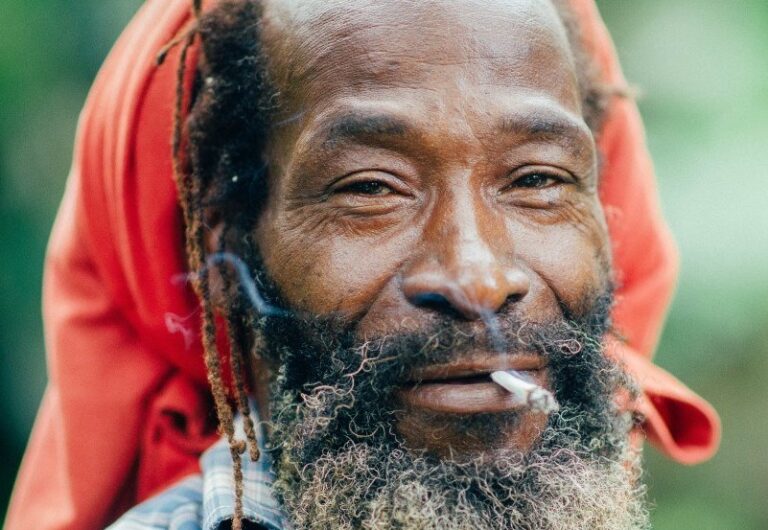Netball is more than just a sport in Jamaica—it’s a way of life. From grassroots participation to international dominance, netball has played a crucial role in shaping the country’s sporting culture. Known for their fierce athleticism, skillful play, and vibrant energy on the court, Jamaican netballers have carved out a reputation as one of the world’s top teams.
The Rise of Netball in Jamaica
Netball was introduced to Jamaica in the early 20th century and quickly became popular among young women. Initially played in schools, the sport grew in prominence, with local leagues and national competitions emerging throughout the island. By the mid-20th century, Jamaica had established a strong netball structure, fostering both local and international success.
The Jamaica Netball Association (now Netball Jamaica) was founded in 1959 to oversee the sport’s development. Their efforts paid off, as Jamaica made its international debut at the inaugural Netball World Cup in 1963. Since then, the team—known as the Sunshine Girls—has consistently been a dominant force in world netball.
The Sunshine Girls: A Global Powerhouse
Jamaica’s national netball team, the Sunshine Girls, is renowned for its speed, agility, and tactical brilliance. Ranked among the top four teams in the world, they frequently challenge traditional netball powerhouses like Australia, New Zealand, and England.
One of their most memorable achievements came in the 2018 Commonwealth Games, where they secured a historic bronze medal, defeating New Zealand in a thrilling match. Their performances in the Netball World Cup have also been impressive, with multiple podium finishes and a reputation as a team that can cause upsets.
Players like Jhaniele Fowler, Shamera Sterling, and Romelda Aiken-George have become global netball icons, playing in professional leagues in Australia, England, and beyond. Their success has inspired a new generation of young Jamaican girls to take up the sport and dream of wearing the national colors.
Grassroots Development and Local Competitions
The success of Jamaican netball is deeply rooted in a strong grassroots program. Schools across the island actively promote the sport, with competitions at the primary, secondary, and tertiary levels. The annual ISSA Schoolgirls Netball Championship is a major event that showcases future stars and keeps the pipeline of talent flowing.
Local clubs and parish leagues also play a critical role in player development. These competitions allow young athletes to hone their skills before progressing to national trials and international exposure.
Challenges and the Future of Netball in Jamaica
Despite its success, Jamaican netball faces challenges, including limited funding and infrastructure compared to other top nations. While the Sunshine Girls consistently perform at an elite level, better investment in training facilities, sponsorship deals, and professional pathways could further elevate the sport.
Looking ahead, Netball Jamaica continues to push for greater recognition and financial support. With the right backing, the Sunshine Girls have the potential to claim gold at major international tournaments and cement Jamaica’s status as the undisputed netball powerhouse.
Conclusion
Netball is an integral part of Jamaican sports culture, bringing pride and inspiration to the nation. With a legacy of excellence and a bright future, the Sunshine Girls continue to shine on the world stage. As investment and interest grow, Jamaica’s netball dominance is set to reach even greater heights.











